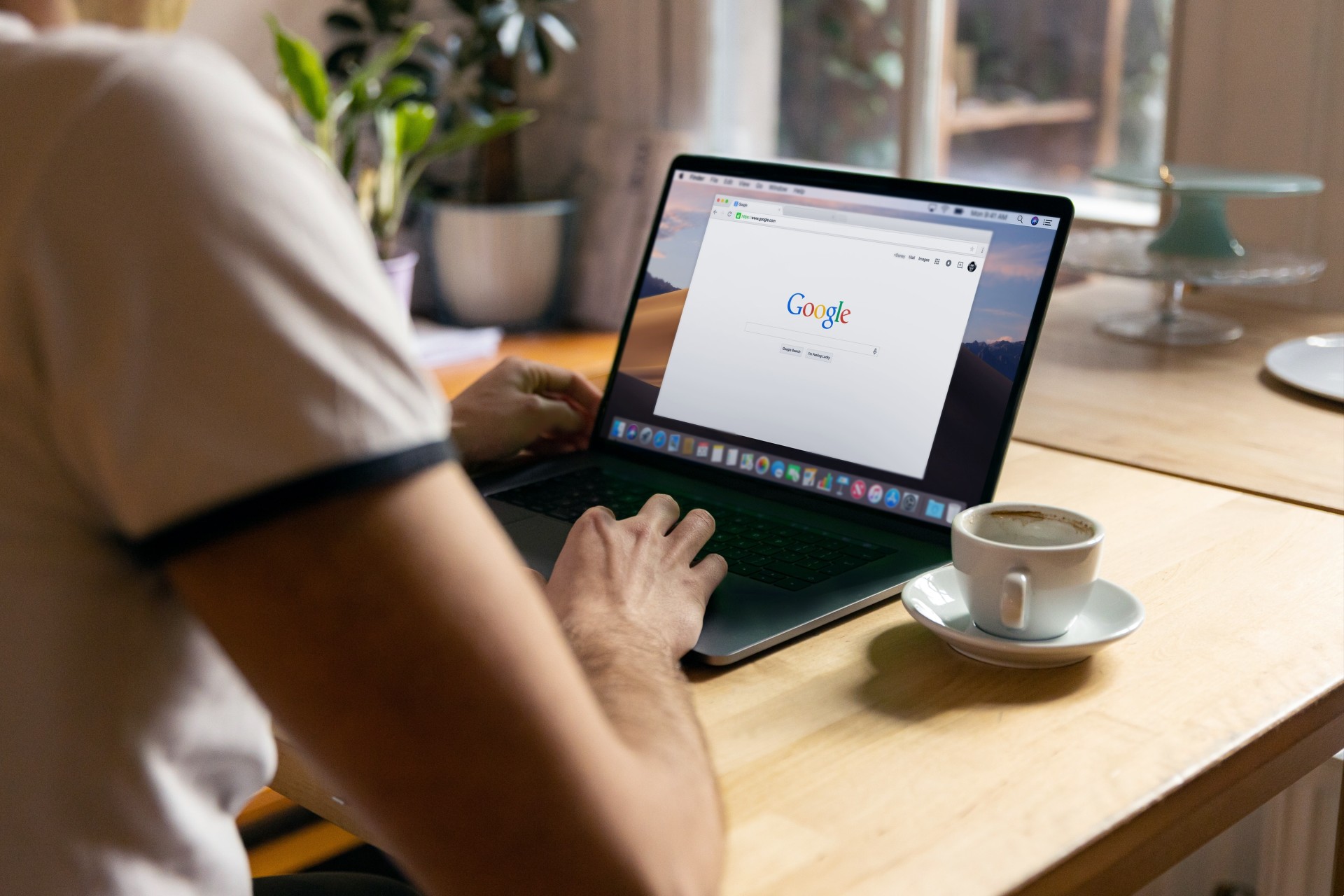What is canonical url and how to fix it
Category
SEO (Search Engine Optimization)
Editor
Eldar Terzic - CEO
Tags
Canonical URL, SEO, Search Engine Optimization
Date
January 1st, 2023
Today I’m going to explain what a canonical url is in SEO and how to fix it on your homepage.
The Topic Overview
What is a canonical url, exactly?
A canonical URL is the URL of the page that Google considers to be the most representative of a set of duplicate pages on your site. When you have multiple URLs for the same page (eldlabs.com?article=1 and eldlabs.com/article/1), Google chooses one URL to be the canonical version of the page.
A list page does not have to be completely identical; minor changes in the sorting or filtering of the page do not make the page unique (for example, sorting by relevance or filtering items by size) may not make the page unique.
There is a possibility that wrong versions of pages can be indexed if this attribute is not used to handle duplicate content.
By choosing a canonical URL, you will be able to consolidate link signals that are associated with similar or duplicate pages into one URL that you prefer.
It is also important to note that canonical URLs can optimize your crawling budget as Googlebot will not spend time crawling duplicate pages when you have canonical URLs in place.
Note:
Even if you specify the preferred page version to Google using canonical tag, Google may still choose a different page. Google uses a lot of different sets of information, such as page performance, SSL encryptions, page quality, sitemaps, etc.

Here’s exactly how to fix canonical url:
1) Use the Google URL Inspection tool (or some other preferred tool) to understand which page Google considers canonical.
2) Within a group of pages, pick one canonical version that you want to be indexed in search results and add its URL to the "rel=canonical" labeling on each page inside the
For example:
<head>…
<link rel="canonical" href="https://www.eldlabs.com/content/insights/BeginnerGuideToImageAltText.html" />
…
</head>
Important
Canonical URL must be an absolute URL specifying the protocol.
E.g., use https://www.eldlabs.com/content/insights/BeginnerGuideToImageAltText.html
Not /content/insights/BeginnerGuideToImageAltText.html
Conclusion
Canonical tags tell search engines that there is a more relevant page that you prefer that is helping to resolve issues with similar or duplicate content.
Duplicate content has a huge negative impact on SEO.
